
His creative path Carlo Carr began with decorative wall paintings. He participated in the design of the Italian pavilion at the World Exhibition in Paris. In 1900, while in London, Carra was carried away by the communist and anarchist ideas of K. Marx, MA Bakunin, M. Stirner.
Returning to Italy, he studied at the School of Applied Arts in Milan, and then at the Academy of Brera. In 1910, Carra became one of the founders of the Futurist association, a little later in Paris, he met with Cubism, which influenced his work.
In his futuristic works, the artist turned to a collage, used the text. In 1915, Carra departed from futurism, he was carried away by the “primitive” A. Rousseau. In search of a harmonious balanced form, he turned to the study of the Italian quattrocento, soon became a member of the association of “metaphysical painting.” In the 1920s Carra, having developed his own version of the stylistics of “metaphysics”, joined the direction of “novochento”. The painting “The Daughter of Lot” was performed at a time when the artist, passing the hobby of “primitive” and quattrocento, proceeded to create balanced harmonious compositions.
Other famous works: “The funeral of an anarchist Gallie.” 1911. Museum of Modern Art, New York; “Composition of TA”. 1916. Assembly of Jueker, Milan; “The Metaphysical Muse.” 1917. Collection of Jezi, Milan; “Lighthouse”. 1928. National Gallery, Prague
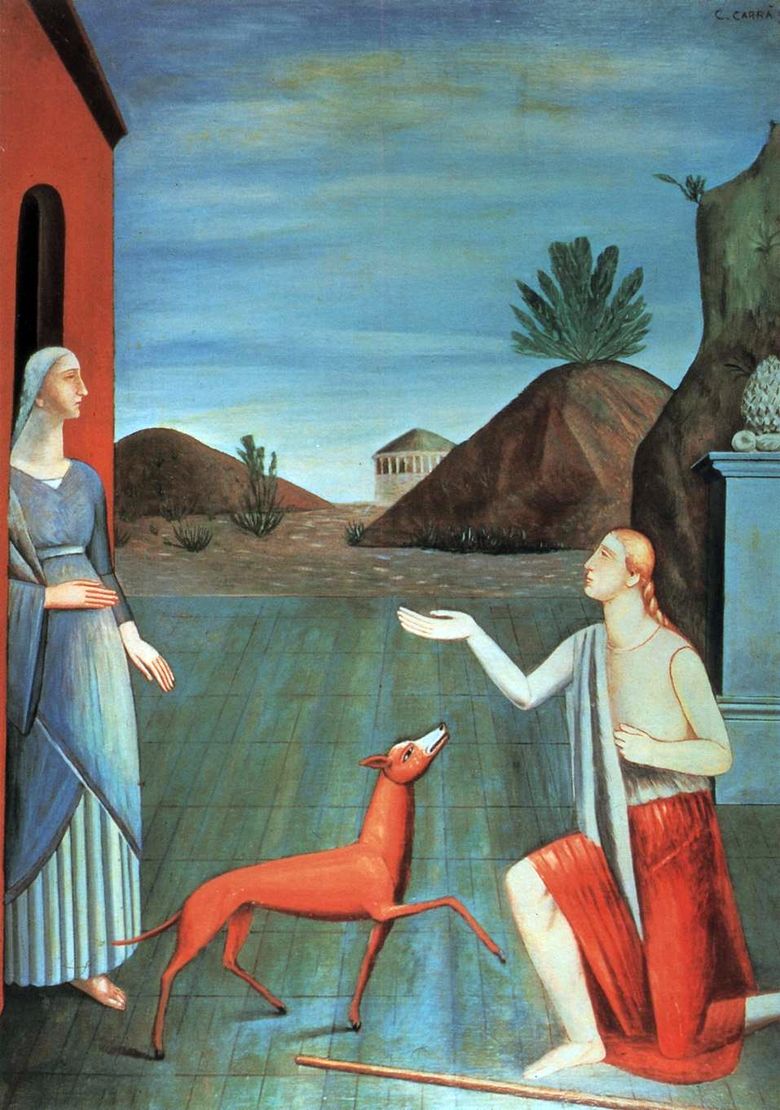 Filles de Lot – Carlo Carra
Filles de Lot – Carlo Carra Las hijas de Lot – Carlo Carr
Las hijas de Lot – Carlo Carr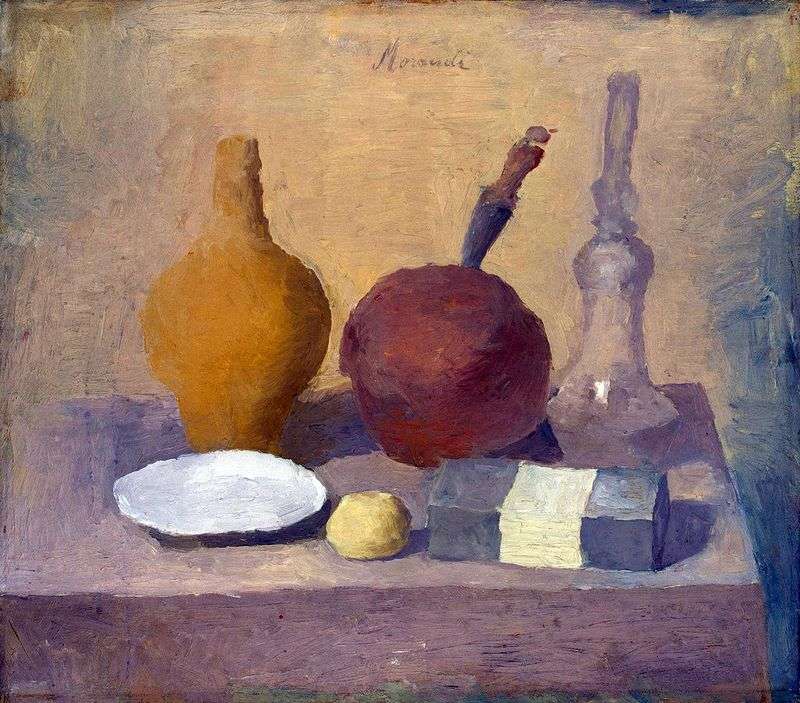 Still Life by Giorgio Morandi
Still Life by Giorgio Morandi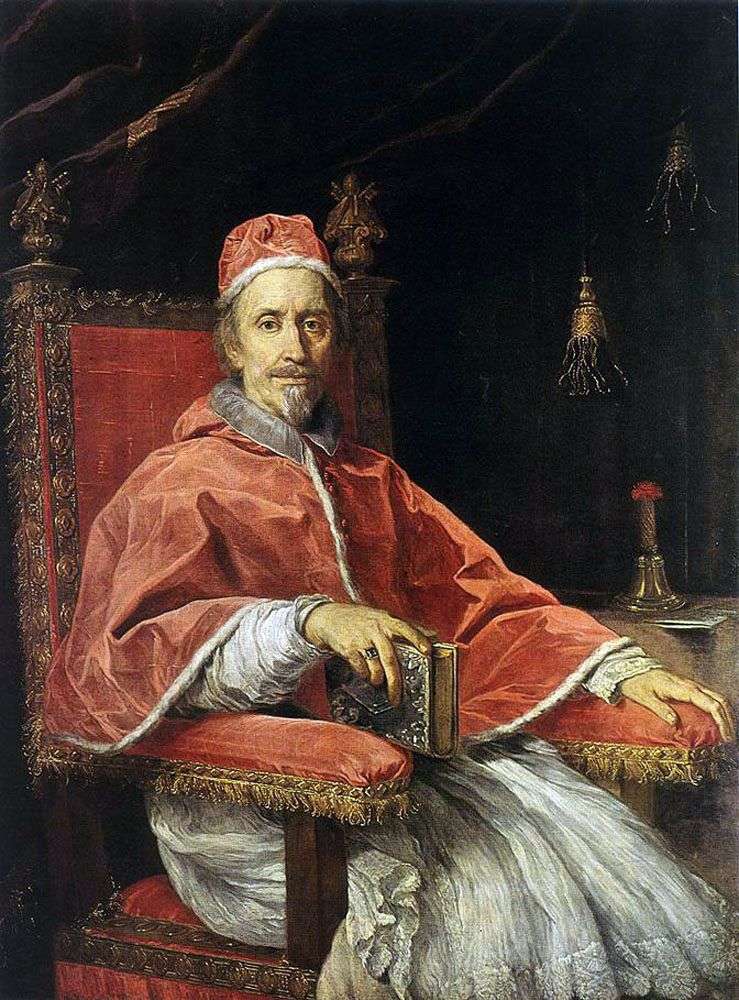 Portrait of Pope Clement IX by Carlo Maratta
Portrait of Pope Clement IX by Carlo Maratta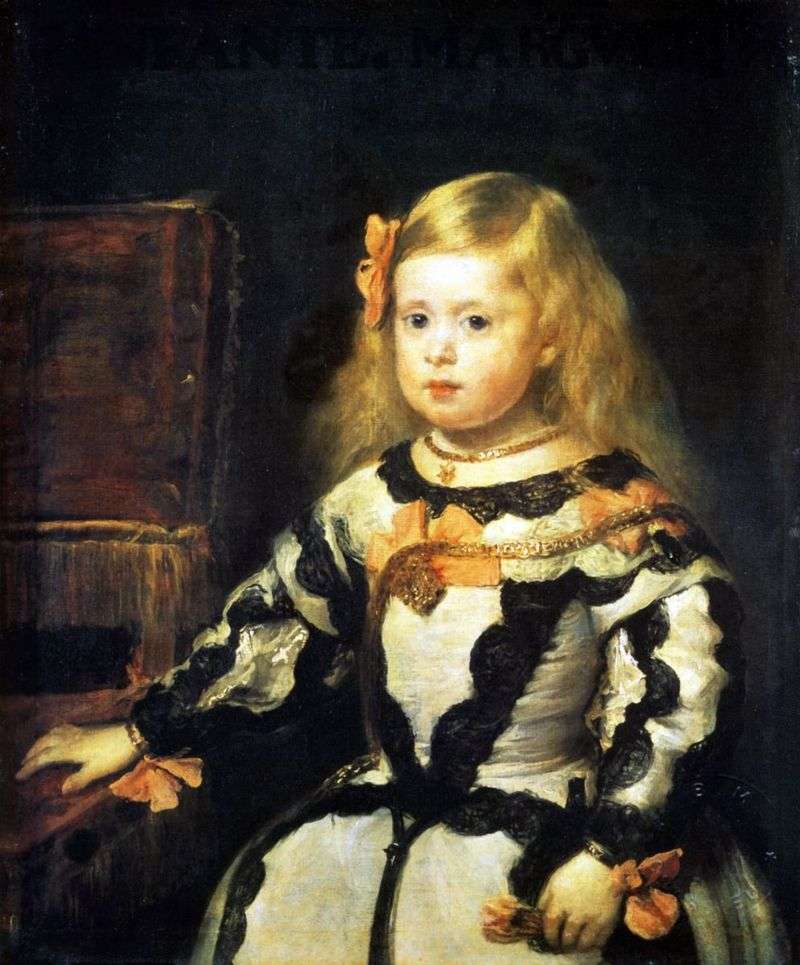 Infanta Maria Margarita, daughter of King Philip IV, King of Spain by Diego Velazquez
Infanta Maria Margarita, daughter of King Philip IV, King of Spain by Diego Velazquez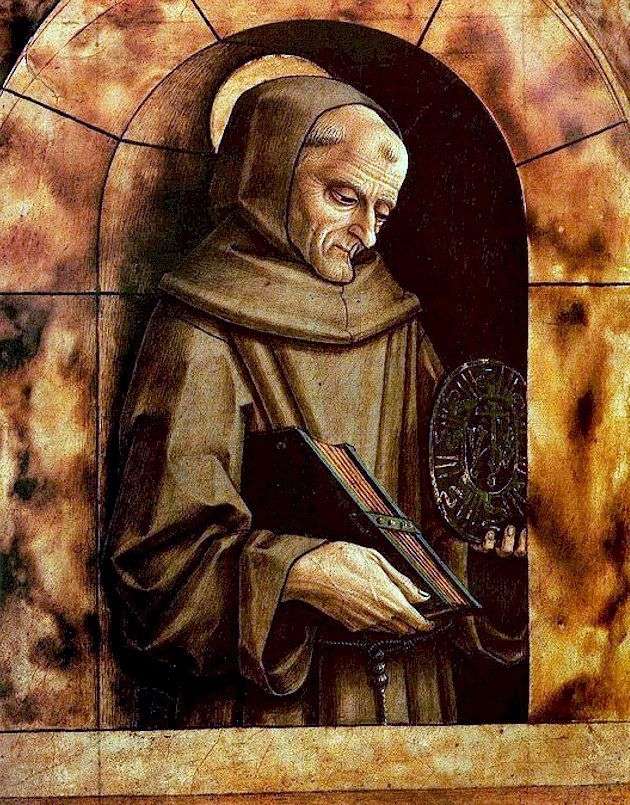 Saint Bernard of Siena by Carlo Crivelli
Saint Bernard of Siena by Carlo Crivelli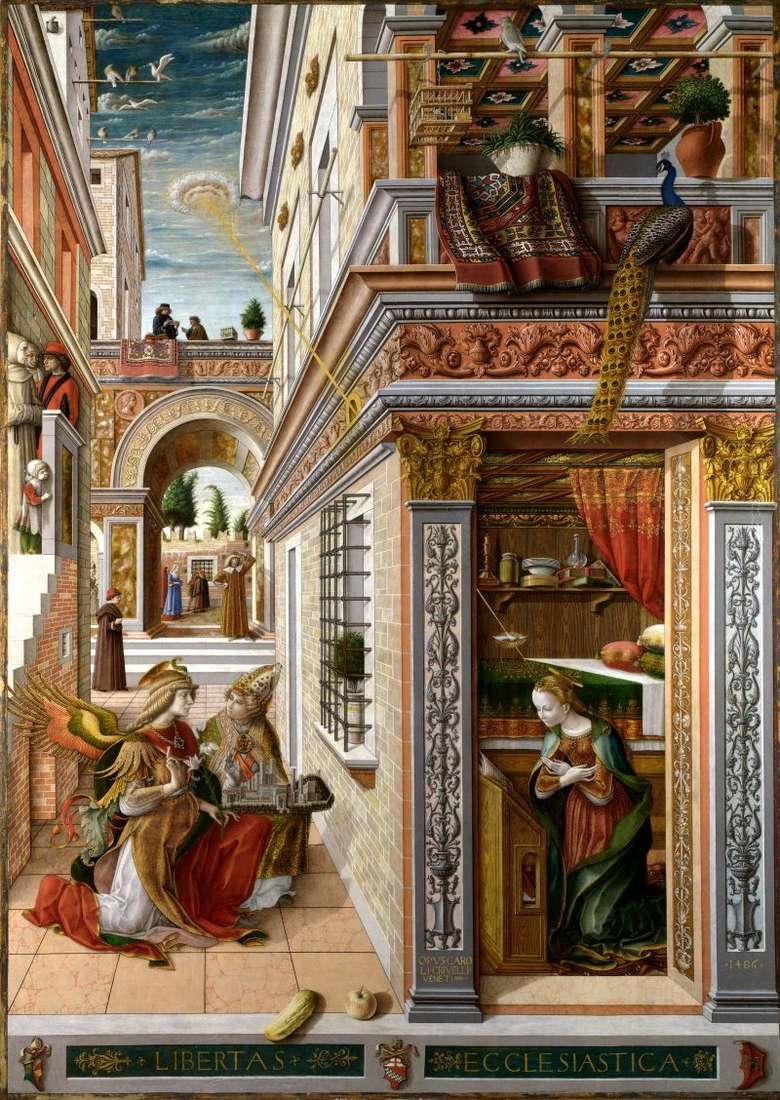 Annunciation by Carlo Crivelli
Annunciation by Carlo Crivelli Metaphysical interior by Giorgio de Chirico
Metaphysical interior by Giorgio de Chirico